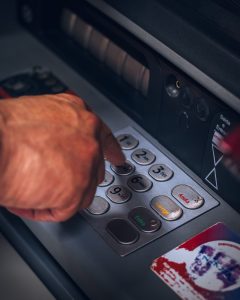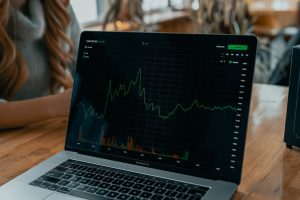Forex trading is a global market where traders buy and sell different currencies in order to make a profit. It is one of the largest and most liquid markets in the world, with a daily turnover of over $5 trillion. One of the key features of Forex trading is leverage, which allows traders to control large positions with a small amount of capital. In this article, we will explain what leverage is in Forex trading and how it works.
What is leverage in Forex trading?
Leverage is a tool that allows traders to amplify their trading positions in the Forex market. It is the ratio of the capital required to open a position to the actual size of the position. For example, if a trader wants to open a position worth $100,000 and the required margin is 1%, the trader will only need to deposit $1,000 to open the position. The remaining $99,000 will be borrowed from the broker.
Leverage is expressed as a ratio, such as 1:100 or 1:500. The first number in the ratio represents the amount of capital required to open a position, while the second number represents the amount of leverage provided by the broker. For example, a leverage of 1:100 means that the trader can control a position worth $100,000 with a deposit of $1,000.
How does leverage work?
Leverage works by allowing traders to control large positions with a small amount of capital. When a trader opens a position, the broker will provide the remaining capital required to open the position. This allows traders to profit from small fluctuations in the exchange rates of different currencies.
For example, if a trader opens a position worth $100,000 with a leverage of 1:100, the trader will only need to deposit $1,000. If the exchange rate of the currency pair the trader is trading moves by 1%, the trader will make a profit of $1,000. However, if the exchange rate moves against the trader by 1%, the trader will lose $1,000.
The use of leverage in Forex trading allows traders to make profits even when the market is moving in small increments. However, it also exposes traders to a higher level of risk. If the market moves against the trader, the losses can be magnified by the use of leverage.
What are the advantages of using leverage in Forex trading?
The main advantage of using leverage in Forex trading is that it allows traders to control large positions with a small amount of capital. This means that traders can make profits even when the market is moving in small increments. It also allows traders to diversify their portfolios and take advantage of opportunities in different markets.
Another advantage of using leverage in Forex trading is that it allows traders to trade with a smaller account size. This means that traders who do not have a large amount of capital can still participate in the Forex market.
What are the risks of using leverage in Forex trading?
The main risk of using leverage in Forex trading is that it magnifies the losses. If the market moves against the trader, the losses can be much larger than the initial deposit. This can result in the trader losing all of their capital and even owing money to the broker.
Another risk of using leverage in Forex trading is that it can lead to overtrading. Traders who use high levels of leverage may be tempted to trade more frequently and take larger positions than they would otherwise. This can lead to a higher level of risk and potential losses.
Conclusion
Leverage is a key feature of Forex trading that allows traders to control large positions with a small amount of capital. It can be a powerful tool for making profits in the Forex market, but it also exposes traders to a higher level of risk. Traders should always use leverage responsibly and only trade with capital that they can afford to lose. It is also important to choose a reputable broker that offers competitive leverage and has a strong regulatory framework.





